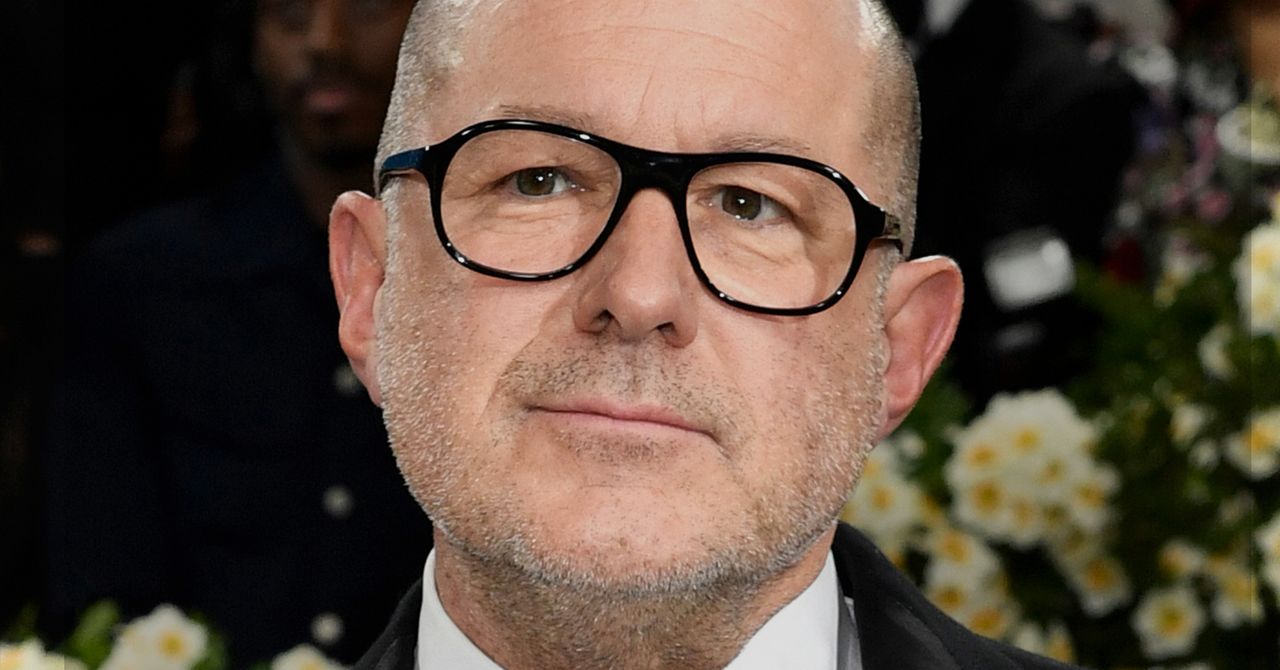OpenAI and Jony Ive Discuss Future AI-Driven Hardware

Key Points
- OpenAI CEO Sam Altman and former Apple designer Jony Ive discussed a new AI‑driven hardware line at the developer conference.
- The partnership builds on OpenAI’s acquisition of Ive’s design firm LoveFrom and the Io project.
- Ive emphasized creating devices that improve happiness, peace, and reduce anxiety.
- Altman highlighted the technical difficulty of developing novel form factors beyond phones and computers.
- The upcoming product may rely on environmental awareness through cameras and microphones rather than a traditional screen.
- Launch timing and detailed specifications were not disclosed.
- Other tech firms are also experimenting with AI‑enabled consumer devices, facing mixed market responses.
At OpenAI’s developer conference, CEO Sam Altman and former Apple chief design officer Jony Ive shared their vision for a new class of AI‑powered devices. While details remain limited, the duo emphasized a focus on redesigning the human‑technology relationship, aiming for products that bring happiness, fulfillment, and reduced anxiety. Ive highlighted a portfolio of compelling concepts, and Altman acknowledged the technical challenges of creating novel form factors. The collaboration builds on OpenAI’s acquisition of Ive’s design firm LoveFrom and its Io project, positioning the company among other tech giants exploring consumer AI hardware.
Conference Highlights
During OpenAI’s developer conference, CEO Sam Altman and former Apple designer Jony Ive addressed the audience about an emerging line of AI‑enabled hardware. Altman noted that while existing phones and computers are powerful, there is a need for something new, and he described the hardware effort as "hard" and requiring new computing form factors. Ive echoed this sentiment, stating that current relationships with technology are not easy and that the goal is to create devices that make people happier, more peaceful, and less anxious.
Design Vision and Concepts
Ive said his team has generated a set of compelling product ideas as they search for the right hardware focus. The overarching aim is not merely productivity but social good, with devices intended to improve emotional well‑being. The collaboration stems from OpenAI’s purchase of Ive’s design studio LoveFrom and the joint Io project, which began last year and continues under Ive’s independent guidance.
Technical Challenges and Potential Form Factors
Altman acknowledged that developing new hardware is difficult, especially when it diverges from traditional screens and keyboards. He hinted that the forthcoming device may be aware of a user’s surroundings, possibly relying on cameras and microphones rather than a conventional display. The timeline for launch remains undisclosed, though the effort is ongoing.
Industry Context
OpenAI is not alone in exploring AI‑centric consumer products. Other Silicon Valley companies have introduced AI smart glasses, wearable devices, and niche accessories, though many have faced mixed reception. The discussion at the conference underscores the broader industry trend of integrating advanced AI capabilities into everyday hardware, while also highlighting the hurdles that innovators must overcome.
Future Outlook
Both Altman and Ive expressed optimism that their partnership could yield a breakthrough product that reshapes how people interact with technology. While specifics are still under wraps, the emphasis on human‑centered design suggests a possible shift toward devices that prioritize emotional health alongside functionality.